Home>diy>Building & Construction>How To Soundproof A Room In New Construction
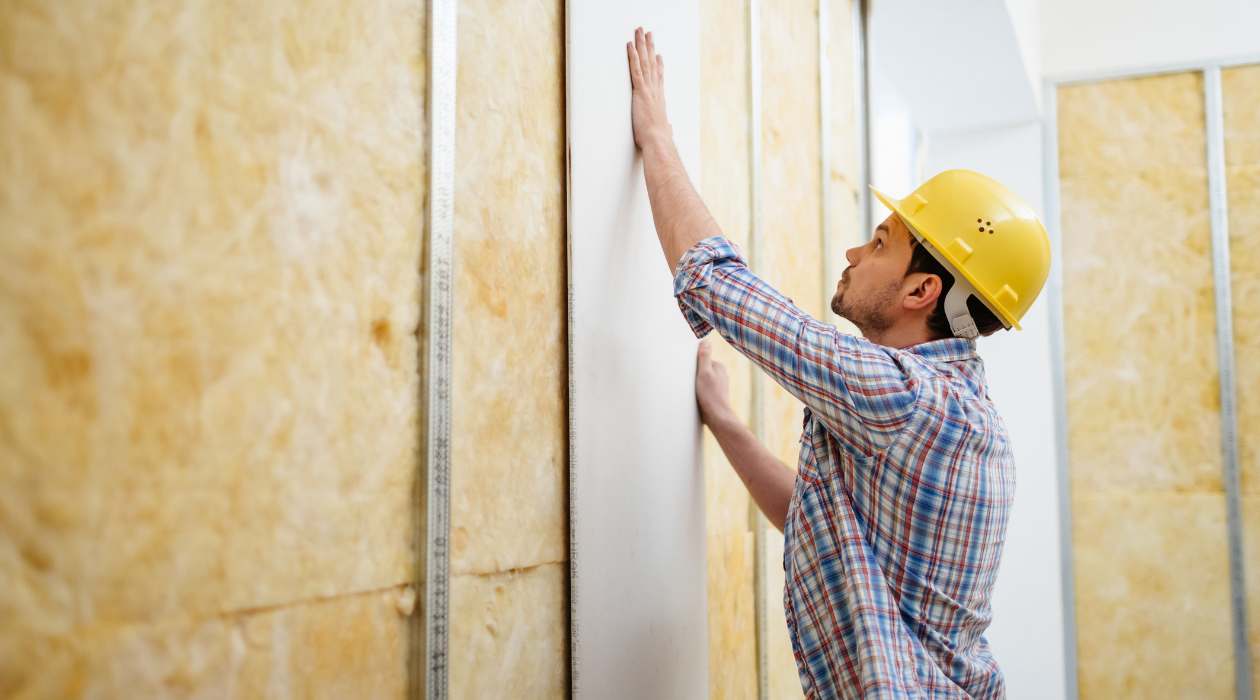

Building & Construction
How To Soundproof A Room In New Construction
Modified: October 20, 2024
Learn how to soundproof a room in new construction with effective building construction techniques. Create a peaceful and noise-free environment.
(Many of the links in this article redirect to a specific reviewed product. Your purchase of these products through affiliate links helps to generate commission for Storables.com, at no extra cost. Learn more)
Introduction
When it comes to building construction, soundproofing is an essential consideration that often gets overlooked. Whether you’re constructing a residential building, an office space, or a commercial establishment, minimizing noise transfer between rooms is crucial for creating a comfortable and peaceful environment. In this article, we will explore the importance of soundproofing in new construction and provide you with practical tips on how to effectively soundproof a room.
Soundproofing a room involves using various techniques and materials to reduce sound transmission from one space to another. This is essential to provide privacy, reduce distractions, and create an optimal acoustic environment for different activities.
Imagine living in an apartment building where you can hear every conversation, footsteps, and even the sound of running water from neighboring rooms. Or envision working in an office where noise from the hallways and adjacent rooms constantly interrupts your focus. These scenarios highlight the significance of soundproofing in creating functional and comfortable spaces.
By incorporating soundproofing measures in the construction phase, you have the opportunity to create a peaceful environment, enhance privacy, and improve the overall quality of living or working spaces for the occupants. Whether you’re a homeowner, architect, or contractor, understanding the importance of soundproofing during the construction process is vital.
In addition to providing a more quiet and serene atmosphere, soundproofing can also be a valuable selling point for properties. Potential buyers will appreciate the enhanced comfort and noise reduction, thereby increasing the value and desirability of the property.
Now that we understand the importance of soundproofing in new construction, let’s explore some of the key considerations and techniques that can help you achieve effective soundproofing in your building projects.
Key Takeaways:
- Prioritizing soundproofing in new construction projects ensures privacy, productivity, and comfort by minimizing noise transfer between rooms and creating a peaceful environment for occupants.
- Thoughtful planning, effective techniques, and the right materials are essential for achieving optimal soundproofing results in new construction, enhancing the quality of living and working spaces.
Read more: How To Soundproof Laundry Room
Importance of Soundproofing in New Construction
Sound transmission between rooms can be a major issue in any building, whether it’s a residential, commercial, or industrial space. Noise pollution not only disrupts the tranquility and privacy of a room but can also significantly impact productivity, concentration, and overall well-being. As a result, soundproofing has become a critical aspect of new construction projects.
One of the main reasons why soundproofing is important in new construction is to maintain privacy. In residential buildings, soundproofing ensures that conversations, TV noise, and other sounds from one unit do not disturb neighboring units. Similarly, in office buildings, it prevents confidential discussions, phone calls, and clattering keyboards from being overheard in adjacent spaces. By implementing soundproofing measures, you can create a sense of privacy and prevent sound from traveling between rooms.
Besides privacy, soundproofing also helps create a conducive environment for work, learning, or relaxation. In commercial settings such as offices or educational institutions, reducing noise transmission ensures that employees, students, and visitors can focus without being constantly distracted by external noises. It enables them to work, study, or engage in activities in a quiet and comfortable space, ultimately boosting productivity and performance.
In residential settings, effective soundproofing can lead to improved sleep quality and overall well-being. Excessive noise from traffic, nearby construction, or loud neighbors can significantly disrupt sleep patterns, causing sleep deprivation and its associated health issues. With proper soundproofing measures in place, you can create a peaceful and restful environment, allowing occupants to get the rest they need and deserve.
Another important reason to prioritize soundproofing in new construction is to comply with building codes and regulations. Many local and national building codes have specific requirements regarding noise control and sound insulation in different types of buildings. It is essential for contractors and developers to ensure that their buildings meet these standards in order to obtain necessary permits and certifications.
Furthermore, soundproofing can also have a positive impact on the energy efficiency of a building. Insulating against sound also provides a level of thermal insulation, reducing heat loss and improving energy efficiency. This can result in lower energy bills and a reduced environmental footprint.
In summary, soundproofing in new construction is crucial for maintaining privacy, creating a productive environment, promoting restful sleep, complying with regulations, and improving energy efficiency. By incorporating soundproofing techniques and materials into the construction process, you can enhance the overall quality and value of the building while providing a comfortable and peaceful environment for its occupants.
Planning and Designing for Soundproofing
Effective soundproofing starts with thoughtful planning and designing during the construction phase. By considering soundproofing techniques and materials early on, you can ensure that the building is designed to minimize sound transmission and create a peaceful environment. Here are some key factors to keep in mind:
Layout and Room Placement: The layout and placement of rooms within a building can significantly impact soundproofing. Consider the activities and noise levels associated with each room and plan their placement accordingly. For example, it’s wise to avoid placing loud, noisy areas next to quiet spaces like bedrooms or offices. Additionally, reducing the number of shared walls between rooms can help minimize noise transfer.
Insulation: Adequate insulation plays a crucial role in soundproofing. Consider using insulation materials with high sound-absorbing properties in the walls, ceilings, and floors. Materials like mineral wool, spray foam, or sound insulation boards can effectively reduce sound transmission, ensuring a quieter environment.
Partition Walls: Properly designed partition walls can significantly improve soundproofing between rooms. Use multiple layers of drywall with damping compound in between to help absorb sound vibrations. Additionally, consider using resilient channels or direct wall-mounting to decouple the wall from the structure, preventing sound from transferring through the building’s framework.
Ceilings and Floors: Sound can easily travel through ceilings and floors, so it’s crucial to address soundproofing in these areas. Install carpeting with thick underlay or use soundproofing floor mats to absorb footfall noise. Similarly, suspended ceilings with acoustic tiles or soundproofing panels can minimize sound transmission from upper to lower floors.
Doors and Windows: Pay attention to the soundproofing properties of doors and windows. Solid core doors or doors with seals can help prevent sound leakage. Consider installing double or triple-pane windows with laminated glass, which offers better noise reduction compared to single-pane windows.
Acoustics and Room Treatment: Proper acoustics and room treatment can also contribute to soundproofing. Consider incorporating sound-absorbing materials into the room design, such as acoustic wall panels, diffusers, or bass traps. These treatments help reduce echo, reverberation, and overall noise levels within a space.
Consult Professionals: It’s highly recommended to consult with acoustical engineers, architects, or soundproofing specialists to ensure that your building design meets the necessary standards and requirements. These professionals can provide valuable insights, conduct noise assessments, and recommend specific soundproofing solutions tailored to your project.
By carefully planning and designing for soundproofing, you can create a building that effectively minimizes noise transmission and provides a quiet and comfortable environment for its occupants. Investing in soundproofing measures during the construction phase will yield long-term benefits in terms of privacy, productivity, and overall occupant satisfaction.
Building Materials for Soundproofing
Choosing the right building materials is crucial when it comes to effective soundproofing in new construction. By selecting materials with excellent sound-absorbing and sound-blocking properties, you can significantly reduce noise transmission and create a peaceful environment. Here are some key building materials commonly used for soundproofing:
Mass Loaded Vinyl (MLV): MLV is a dense, flexible material that is highly effective at blocking sound transmission. It is commonly used as an additional layer in walls, floors, or ceilings to add mass and reduce noise transfer. MLV is easy to install and can be applied behind drywall or other surface materials.
Soundproof Drywall: Soundproof drywall, also known as acoustic gypsum board, is specially designed to provide enhanced sound insulation. It contains multiple layers of gypsum and viscoelastic polymers, making it more effective at blocking sound compared to standard drywall. Soundproof drywall can be used in walls and ceilings to improve soundproofing.
Insulation Materials: Insulation plays a crucial role in soundproofing. Materials such as mineral wool, fiberglass, or cellulose insulation are commonly used to fill wall, floor, and ceiling cavities. These materials help absorb sound vibrations, reducing noise transmission between rooms.
Acoustic Sealants: Acoustic sealants are used to seal gaps and joints in construction elements, such as walls, floors, and windows. By filling these gaps, acoustic sealants prevent sound leaks and enhance the soundproofing performance of the building. Silicone-based sealants are often recommended for their flexibility and sound-dampening properties.
Soundproofing Underlayments: Underlayments are commonly used in flooring to reduce impact noise, such as footfall or furniture moving. Soundproofing underlayments are typically made from materials like rubber, cork, or foam, which absorb and dampen sound vibrations. They can be installed under carpets, laminate flooring, or hardwood floors to enhance soundproofing.
Soundproof Windows: Windows are potential weak points for sound transmission, so using soundproof windows can make a significant difference. Soundproof or double-glazed windows consist of multiple layers of glass with an air or gas-filled space in between. This design effectively blocks sound waves from entering or leaving the building, reducing noise transmission.
Green Glue: Green Glue is a viscoelastic compound that is commonly used between layers of drywall or other building materials. It effectively converts sound energy into heat, reducing noise transfer. Green Glue is easy to apply and can significantly enhance the soundproofing performance of walls, ceilings, and floors.
Acoustic Panels: Acoustic panels are specially designed to absorb sound and improve the acoustics within a room. They are typically made from porous materials, such as foam or fiberglass, which help reduce echo, reverberation, and overall noise levels. Acoustic panels can be installed on walls or ceilings to enhance soundproofing.
When selecting building materials for soundproofing, it’s important to consider their specific sound-blocking properties, ease of installation, and compatibility with other construction elements. Consulting with acoustical experts or soundproofing specialists can help ensure that you choose the most suitable materials for your project and achieve optimal soundproofing performance.
Insulating Walls and Floors
Insulating walls and floors is a crucial step in soundproofing a room during the construction process. By using the right materials and techniques, you can significantly reduce sound transmission and create a quieter and more comfortable living or working space. Here are some effective methods for insulating walls and floors:
1. Framing Techniques: The way you frame walls and floors can impact sound transmission. Consider using techniques like staggered or double stud framing, where two sets of studs are used with an air gap in between. This helps separate the layers and reduce sound transfer between rooms.
2. Insulation Materials: Choose insulation materials with high sound absorption properties, such as mineral wool, fiberglass, or cellulose insulation. These materials trap sound waves and prevent them from traveling through walls or floors. Install insulation in the cavities of walls and floors, ensuring that they are tightly packed and cover the entire area.
3. Acoustic Underlayment: Install acoustic underlayment on the subfloor before laying down the flooring material. Acoustic underlayment, typically made of rubber or foam, absorbs impact noise and reduces the sound of footsteps or furniture moving. It helps to prevent sound vibrations from traveling through the floor and into other rooms.
4. Soundproofing Drywall: Consider using soundproof drywall, also known as mass loaded vinyl (MLV) or acoustic gypsum board, for your walls. These materials have higher mass and better sound-absorbing properties compared to standard drywall. They can be a layer of additional insulation to prevent sound transmission.
5. Resilient Channels: Resilient channels are metal strips or bars that are attached to the studs or joists before installing the drywall. These channels help decouple the drywall from the structure, reducing the transfer of sound vibrations. By using resilient channels, you can effectively reduce noise transmission through walls and floors.
6. Green Glue: Green Glue is a viscoelastic compound that can be applied between layers of drywall or other building materials. It converts sound energy into heat, effectively damping sound vibrations. By using Green Glue, you can enhance the soundproofing performance of walls and floors.
7. Sealing Air Gaps: Inspect walls and floors for any gaps or cracks and seal them with acoustic caulk or sealant. These gaps can serve as sound leaks, allowing noise to pass through. Sealing air gaps will prevent sound from escaping or entering the room.
8. Double-Layered Drywall: For maximum soundproofing, consider using a double layer of drywall with a damping compound, such as Green Glue, in between. This creates a thicker and more substantial barrier, reducing sound transmission.
For optimal results, it’s recommended to consult with acoustical engineers or soundproofing specialists who can assess your specific construction project and provide tailored recommendations. They have the expertise to determine the most effective insulation techniques and materials for your walls and floors to achieve the desired level of soundproofing.
Read more: How To Soundproof A Living Room
Windows and Doors for Noise Reduction
When it comes to soundproofing, windows and doors are key areas to address as they are common sources of noise transmission. Soundproofing these openings can significantly reduce external noise and create a quieter and more peaceful indoor environment. Here are some effective techniques for soundproofing windows and doors:
1. Double or Triple Pane Windows: One of the most effective ways to reduce noise transmission through windows is to install double or triple pane windows. These windows consist of multiple layers of glass with air or gas-filled spaces in between. The additional layers and insulation properties of these windows help block out external noise and improve soundproofing.
2. Laminated Glass: Another option for soundproofing windows is to use laminated glass. Laminated glass consists of two or more layers of glass with an interlayer of sound-dampening material, such as PVB (polyvinyl butyral). This construction helps to absorb sound vibrations and reduces noise transfer into the building.
3. Window Seals and Weatherstripping: Proper sealing around windows is crucial for preventing sound leaks. Use high-quality weatherstripping materials such as silicone or rubber seals to ensure a tight seal between the window frame and the glass. This helps to block out noise from entering the room.
4. Window Treatments: Thick and heavy window treatments, such as curtains or drapes made of sound-absorbing materials, can also contribute to noise reduction. These treatments can help absorb sound waves and prevent them from bouncing back into the room. Additionally, consider using blackout curtains with a soundproofing layer for maximum noise reduction.
5. Acoustic Window Films: Acoustic window films are thin transparent overlays that can be applied to glass surfaces. These films help to dampen sound vibrations and reduce noise transmission. They are easy to install and can be a cost-effective solution for improving soundproofing.
6. Solid Core Doors: Replace hollow core doors with solid core doors to improve soundproofing. Solid core doors are denser and provide better insulation against noise compared to hollow doors. They help to block sound transmission and create a quieter environment between rooms.
7. Door Sweeps and Thresholds: Install door sweeps and thresholds at the bottom of doors to seal the gaps between the door and the floor. This helps to block out noise from entering the room and improves soundproofing. Choose materials that provide a tight seal, such as rubber or neoprene.
8. Soundproofing Foam Tape: Apply soundproofing foam tape around the edges of doors and door frames to reduce sound leaks. The foam tape helps to create a tighter seal and improve sound insulation by absorbing sound vibrations.
It’s important to note that while implementing these techniques can significantly reduce noise transmission, achieving complete soundproofing may not be possible, especially in areas with high levels of external noise. However, by combining multiple soundproofing methods and using high-quality materials, you can create a considerable improvement in noise reduction.
Consulting with professionals specializing in soundproofing or contacting manufacturers who offer soundproofing solutions for windows and doors can provide additional guidance and customized recommendations based on your specific requirements and budget.
When constructing a new room, use soundproofing materials such as acoustic insulation, double drywall with green glue, and weather stripping on doors and windows to minimize sound transmission.
Sealing Gaps and Air Leaks
Sealing gaps and air leaks is a crucial step in soundproofing a room during the construction process. Even the smallest gaps and cracks can allow sound to leak in or out, compromising the effectiveness of soundproofing efforts. By carefully sealing these openings, you can significantly reduce noise transmission and create a more peaceful indoor environment. Here are some effective techniques for sealing gaps and air leaks:
1. Inspect for Gaps: Conduct a thorough inspection of the room, paying close attention to areas where sound might easily pass through. Look for gaps around windows, doors, electrical outlets, baseboards, and any other areas where two surfaces meet. Take note of any visible cracks, holes, or spaces that may need to be addressed.
2. Use Acoustic Caulk or Sealant: Acoustic caulk or sealant is specifically designed to seal gaps and prevent sound leaks. Apply the caulk along the edges of windows, doors, and other areas where sound may easily pass through. It adheres well to various materials and provides an airtight seal, effectively reducing noise transmission.
3. Weatherstripping: Install weatherstripping around doors and windows to seal gaps along the edges. Weatherstripping is available in various materials, including rubber, foam, and silicone. It creates a tight seal when the door or window is closed, helping to block out sound and improve soundproofing.
4. Door Sweeps: Install door sweeps at the bottom of doors to seal the gap between the door and the floor. Door sweeps act as a barrier against sound and prevent noise from entering or exiting the room through the bottom of the door. Choose door sweeps made of materials like rubber or neoprene for maximum effectiveness.
5. Acoustic Putty Pads: Use acoustic putty pads to seal gaps around electrical outlets, switches, and other wall penetrations. These pads adhere to the back of the outlet or switch plate, creating an airtight seal that prevents sound from seeping through the wall. Acoustic putty pads are soft and malleable, making them easy to install.
6. Insulation for Wall Cavities: Fill wall cavities with insulation material to effectively seal gaps and reduce sound transmission. Insulation helps to absorb sound waves and prevents them from traveling through open spaces in the walls. Choose insulation materials specifically designed for soundproofing, such as mineral wool or fiberglass, for maximum effectiveness.
7. Block Under-Door Gaps: Install door sweeps or draft stoppers at the bottom of doors to block any gaps between the door and the floor. These devices help to prevent sound from passing through the small openings at the bottom of the door, significantly improving soundproofing.
8. Soundproof Drywall Tape: Use soundproof drywall tape to seal corners and joints between drywall panels. This specialized tape has a sound-absorbing layer that helps reduce sound transmission through these vulnerable areas. Apply the tape along the seams and corners of the drywall to create a tight seal.
By diligently sealing gaps and air leaks, you can significantly enhance the soundproofing of a room. It’s important to meticulously address even the smallest openings to minimize sound transmission and create a more peaceful and quiet indoor space.
For best results, consider consulting with professionals specializing in soundproofing or following manufacturer recommendations for specific products and materials to ensure proper sealing and optimal soundproofing performance.
Soundproofing Techniques for Ceilings
Soundproofing ceilings is an essential step in creating a peaceful and quiet indoor environment. Sound can easily travel through ceilings, making effective soundproofing crucial for minimizing noise transmission between floors or rooms. By employing the following techniques, you can significantly reduce sound transfer and improve the overall sound insulation of a space:
1. Install Acoustic Insulation: One of the most effective ways to soundproof a ceiling is by installing acoustic insulation. Use insulation materials with high sound-absorbing properties, such as mineral wool or fiberglass, and fill the ceiling cavities. This helps to dampen sound waves and prevent them from traveling through the ceiling and into adjacent rooms or floors.
2. Double Drywall with Green Glue: Create an additional barrier between rooms by installing a second layer of drywall on the ceiling, coupled with a damping compound like Green Glue. Apply Green Glue between the layers, which converts sound energy into heat, effectively reducing sound transmission through the ceiling. The combination of two layers of drywall with Green Glue helps to enhance soundproofing and create a more sound-resistant ceiling.
3. Use Resilient Channels: Install resilient channels between the ceiling and the joists to create a decoupled ceiling structure. The resilient channels effectively isolate the drywall from the structure, reducing direct contact and minimizing sound transmission. This technique helps to prevent vibrations from passing through the building’s framework and significantly improves soundproofing.
4. Acoustic Ceiling Tiles: Replace standard ceiling tiles with acoustic ceiling tiles specifically designed for soundproofing. Acoustic tiles are made from sound-absorbing materials and have a textured surface, effectively reducing echo and improving sound insulation. These tiles can be installed in drop ceilings or suspended ceiling systems to enhance soundproofing.
5. Mass-Loaded Vinyl: Install mass-loaded vinyl (MLV) on the ceiling. MLV is a dense, flexible material that adds mass to the ceiling, reducing the transmission of sound waves. It can be installed between the layers of drywall or directly on top of the existing ceiling for additional noise reduction.
6. Soundproofing Paint: Consider using soundproofing paint on the ceiling surface. Soundproofing paint contains sound-absorbing materials that help dampen sound waves and reduce echo. While it may not provide as significant soundproofing as other techniques, it can be a cost-effective option for improving the acoustic qualities of a room.
7. Seal Air Leaks: Inspect the ceiling for any gaps, cracks, or air leaks and seal them with acoustic caulk or sealant. Even small openings can allow sound to pass through, compromising the effectiveness of the soundproofing efforts. Ensure airtight sealing to prevent sound leakage through the ceiling.
8. Using Acoustic Panels: Install acoustic panels on the ceiling to improve sound insulation and reduce echo. Acoustic panels are made from sound-absorbing materials and come in various sizes and designs. They can be directly mounted to the ceiling surface, helping to absorb sound waves and minimize noise reflections.
By employing these soundproofing techniques for ceilings, you can significantly reduce noise transmission and create a more peaceful and quiet environment. It’s important to assess the specific needs and requirements of the space and consult with professionals experienced in soundproofing to determine the most effective techniques and materials for your ceiling soundproofing project.
Soundproofing HVAC Systems
Soundproofing HVAC (heating, ventilation, and air conditioning) systems is essential to minimize noise transmission and create a quieter and more comfortable indoor environment. HVAC systems can generate significant noise, especially when they are located near living or working spaces. By implementing soundproofing techniques for HVAC systems, you can reduce noise levels and enhance the overall acoustic qualities of a building. Here are some effective methods for soundproofing HVAC systems:
1. Equipment Placement: Properly locate HVAC equipment away from quiet spaces, such as bedrooms or conference rooms, whenever possible. This minimizes direct noise transmission and prevents sound from being easily heard in sensitive areas.
2. Isolation Mounts: Use isolation mounts or hangers to suspend HVAC equipment or ductwork. Isolation mounts help to decouple the equipment from the surrounding structure, reducing the transfer of sound vibrations. This method can significantly minimize airborne and structural noise transmission.
3. Duct Insulation: Insulate HVAC ducts with sound-absorbing materials, such as fiberglass duct liners or duct board insulation. Wrapping the ductwork with these materials helps to absorb sound waves and reduce noise transmission through the duct system. Properly insulated ducts can significantly improve the soundproofing of the HVAC system.
4. Sound Attenuators: Install sound attenuators, also known as duct silencers, in the ductwork path. Sound attenuators are designed to reduce the noise produced by the airflow within the HVAC system. They consist of sound-absorbing materials and baffles that effectively attenuate the sound before it reaches the occupied spaces.
5. Soundproof Enclosures: Build soundproof enclosures or rooms around HVAC equipment to contain and mitigate noise. Use materials with high sound-blocking properties, such as mass-loaded vinyl (MLV) or acoustic panels, to construct the enclosures. Ensure proper ventilation and access for maintenance while maintaining effective soundproofing.
6. Vibration Isolators: Install vibration isolators for the HVAC equipment, such as air handlers or compressors, to reduce structural vibrations and associated noise. Vibration isolators absorb and minimize the transmission of vibrations, providing a quieter operation.
7. Noise Barriers: Install noise barrier materials, such as acoustic blankets or panels, around HVAC equipment to absorb and block sound. These barriers can be mounted on walls or ceilings near the equipment to prevent noise from escaping into the surrounding areas. Noise barriers help to reduce both airborne and structure-borne noise.
8. Maintenance and Upgrades: Regular maintenance, lubrication, and timely upgrades of HVAC systems can significantly reduce noise levels. Ensuring that equipment is in good working condition and using the latest noise-reducing technologies help maintain optimal soundproofing performance.
It’s important to note that soundproofing HVAC systems should strike a balance between noise reduction and maintaining proper ventilation and equipment functionality. Consulting with HVAC professionals, acoustical engineers, or soundproofing specialists is recommended to determine the most suitable soundproofing techniques and materials for your specific HVAC system and building requirements.
By implementing these soundproofing methods, you can effectively reduce the noise generated by HVAC systems, create a quieter indoor environment, and enhance the overall comfort and well-being of the occupants.
Acoustic Wall Treatments
Acoustic wall treatments play a crucial role in soundproofing a room and improving its overall acoustics. These treatments are designed to absorb sound waves, reduce echo, and minimize noise transmission through walls. By incorporating effective acoustic wall treatments, you can create a more comfortable and pleasant environment with improved sound quality. Here are some popular methods for applying acoustic wall treatments:
1. Acoustic Panels: Acoustic panels are excellent sound-absorbing solutions for walls. These panels are typically made of materials like foam, fiberglass, or fabric wrapped around a sound-absorbing core. They are available in various sizes, shapes, and designs to suit different aesthetics. Install acoustic panels on the walls to absorb sound reflections, reduce reverberation, and improve overall sound quality in the room.
2. Fabric Wall Coverings: Upholstered fabric or fabric wall coverings are versatile treatments that not only add aesthetic appeal but also contribute to soundproofing efforts. Fabrics with sound-absorbing properties, such as heavy velour or acoustic fabrics, are ideal choices. Install fabric wall coverings on the walls to help absorb sound waves, reduce echo, and enhance the acoustic qualities of the space.
3. Wall Padding: Wall padding, also known as soundproof wall padding or acoustic wall insulation, is a thick material that is applied directly to the wall surface. Wall padding helps absorb and dampen sound vibrations, reducing noise transmission and improving the soundproofing of the walls. It can be further covered with fabric or acoustic panels for added aesthetic appeal.
4. Diffusers: Acoustic diffusers are designed to scatter sound waves in various directions, helping to reduce sound reflections and prevent the buildup of echo. Diffusers are typically installed on walls to break up sound reflections and create a more balanced and controlled sound environment. They come in various designs and shapes, such as quadratic diffusers or skyline diffusers.
5. Bass Traps: Bass traps are specifically designed to absorb low-frequency sounds, like those produced by musical instruments or subwoofers. These treatments help control bass resonance, reduce excessive low frequencies, and improve overall sound quality. Bass traps are usually placed in corners where low-frequency sounds tend to accumulate.
6. Acoustic Wallpaper: Acoustic wallpaper is a specialized wallpaper that incorporates sound-absorbing materials. It not only adds a decorative touch to the walls but also helps absorb sound waves, reducing noise transmission and improving the overall acoustics of the space. Acoustic wallpaper is available in various patterns, textures, and colors to suit different design aesthetics.
7. Sound-Reflective Artwork: Hanging sound-reflective artwork on the walls can help scatter sound waves and prevent excessive sound reflections. Paintings or artworks with textured surfaces or irregular shapes can effectively break up sound waves, reducing echo and improving the acoustics of the room.
8. Foam Tiles: Foam tiles are lightweight sound-absorbing materials that can be easily applied to walls. These tiles are made of foam and have a textured surface that helps to absorb sound waves and reduce noise transmission. Foam tiles are commonly used in recording studios, home theaters, or other spaces where soundproofing is important.
When applying acoustic wall treatments, it’s important to strategically place them in areas where sound reflections and echo are most likely to occur. Professional assistance from acoustical engineers or soundproofing specialists can be valuable in determining the most effective placement and combination of treatments based on the specific needs and requirements of the space.
By incorporating suitable acoustic wall treatments, you can significantly improve the sound quality, reduce noise transmission, and create a more comfortable and aesthetically pleasing environment.
Conclusion
In conclusion, soundproofing plays a vital role in new construction projects, ensuring comfort, privacy, and productivity in living and working spaces. By prioritizing soundproofing during the planning and design phase, selecting the right building materials, and implementing effective techniques, you can create a quieter and more enjoyable environment for occupants.
The importance of soundproofing in new construction cannot be overstated. It provides privacy by reducing noise transfer between rooms and helps create a conducive atmosphere for various activities. Whether it’s a residential building, office space, or commercial establishment, soundproofing contributes to a more peaceful and productive environment.
During the planning and design phase, thoughtful consideration should be given to the layout of rooms, placement of walls, and insulation materials. Proper framing techniques, such as staggered or double stud framing, coupled with high-quality insulation, can significantly enhance soundproofing. Attention should also be given to windows and doors, using double or triple-pane windows, solid core doors, and effective sealing techniques to minimize sound leakage.
Additional soundproofing measures include sealing gaps and air leaks, insulating walls and floors, and thoughtful treatment of ceilings. Addressing these areas ensures that sound transmission is minimized, and noise levels are significantly reduced. Incorporating sound-absorbing materials, such as acoustic panels or fabric wall coverings, can further improve sound insulation and control echo.
Soundproofing HVAC systems and incorporating acoustic wall treatments are also crucial aspects of creating a quiet and comfortable space. By isolating HVAC equipment, insulating ducts, and utilizing soundproof enclosures, noise from HVAC systems can be significantly reduced. Acoustic wall treatments, including panels, fabric coverings, and diffusers, help absorb sound waves and improve overall acoustics.
In conclusion, soundproofing in new construction is essential to promote privacy, enhance productivity, and create a more peaceful and comfortable environment. By implementing the techniques and utilizing the right materials, you can achieve effective soundproofing and enhance the quality of living and working spaces.
Consulting with acoustical engineers, architects, or soundproofing specialists is highly recommended to ensure that the specific needs and requirements of each project are met. With careful planning, design, and implementation, you can achieve optimal soundproofing results and create spaces that provide tranquility and enjoyment for years to come.
Frequently Asked Questions about How To Soundproof A Room In New Construction
Was this page helpful?
At Storables.com, we guarantee accurate and reliable information. Our content, validated by Expert Board Contributors, is crafted following stringent Editorial Policies. We're committed to providing you with well-researched, expert-backed insights for all your informational needs.
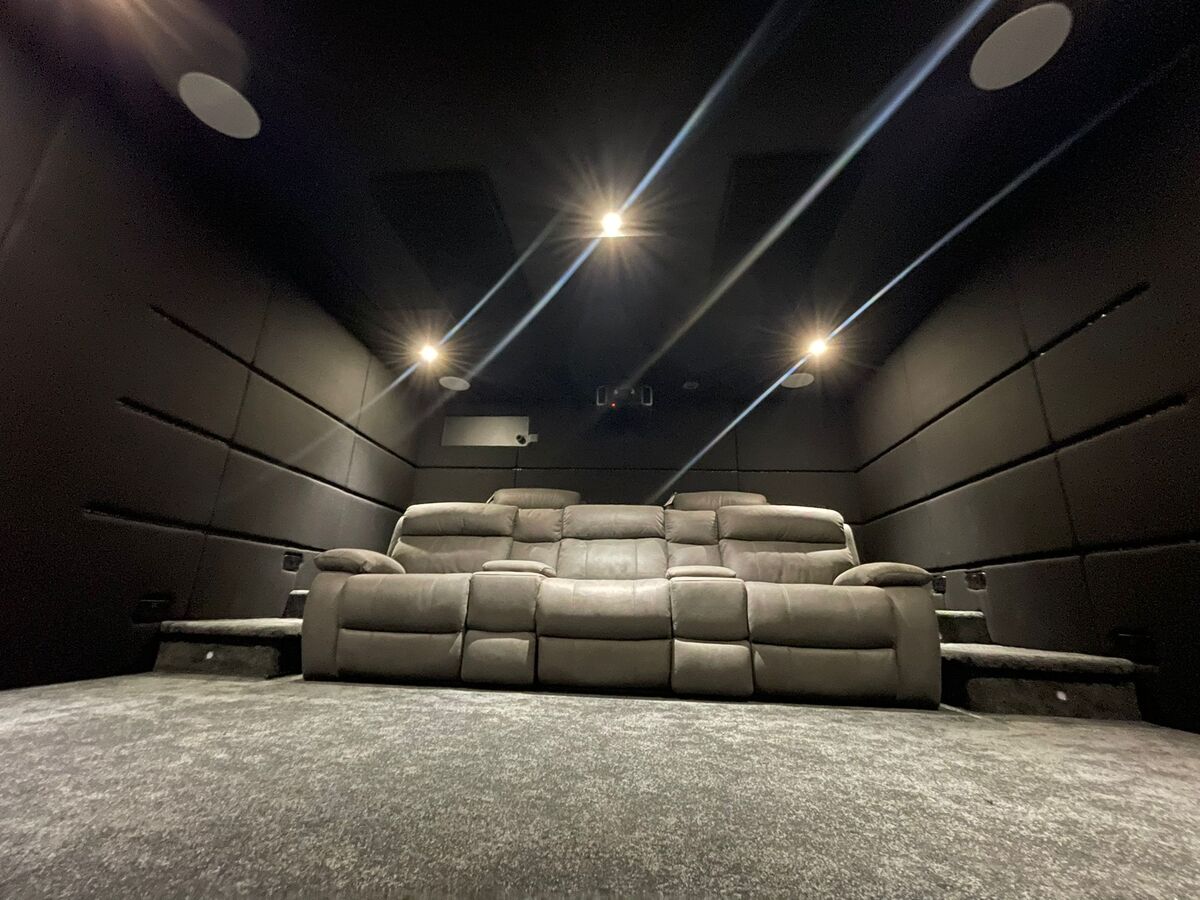
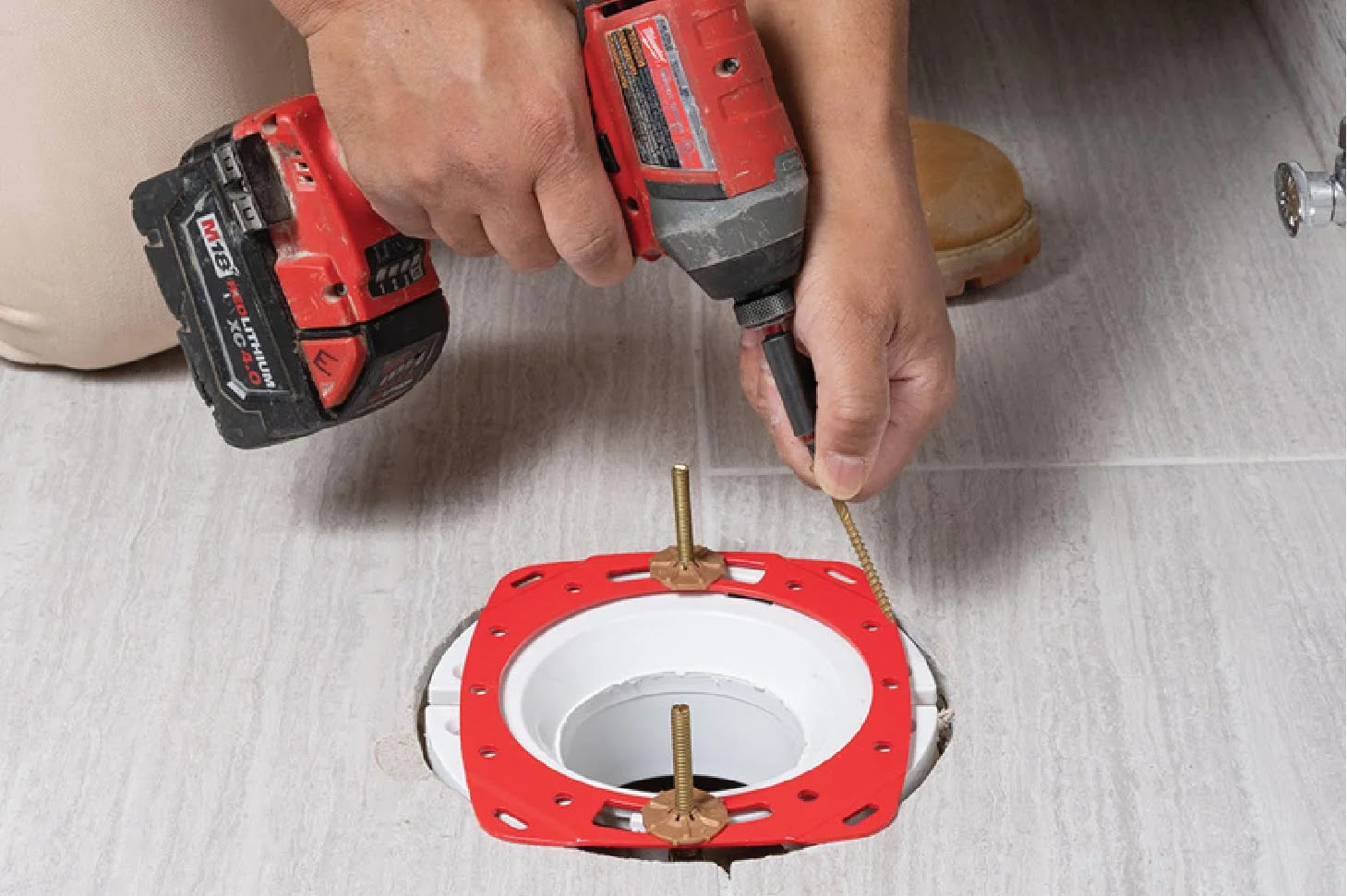
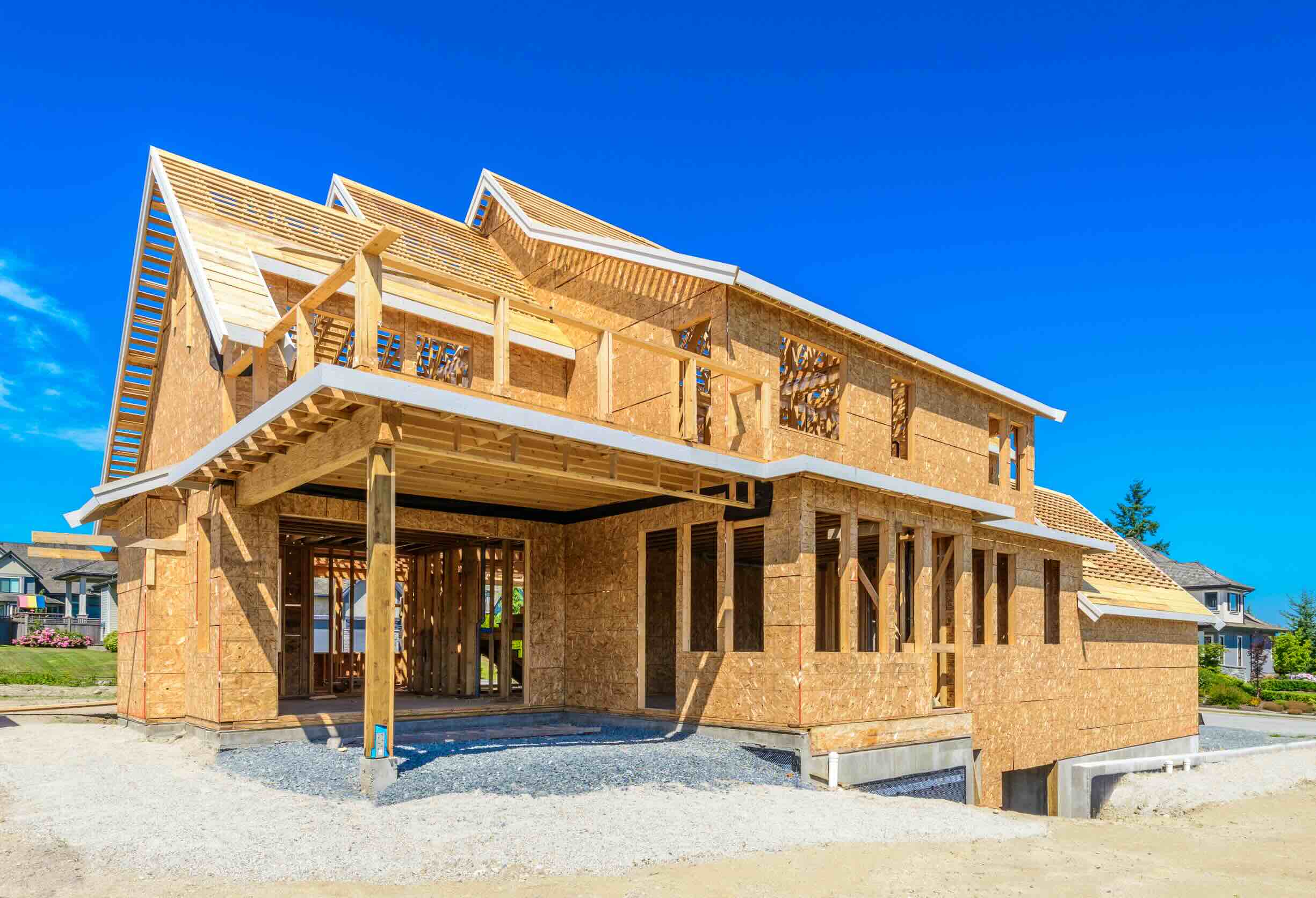
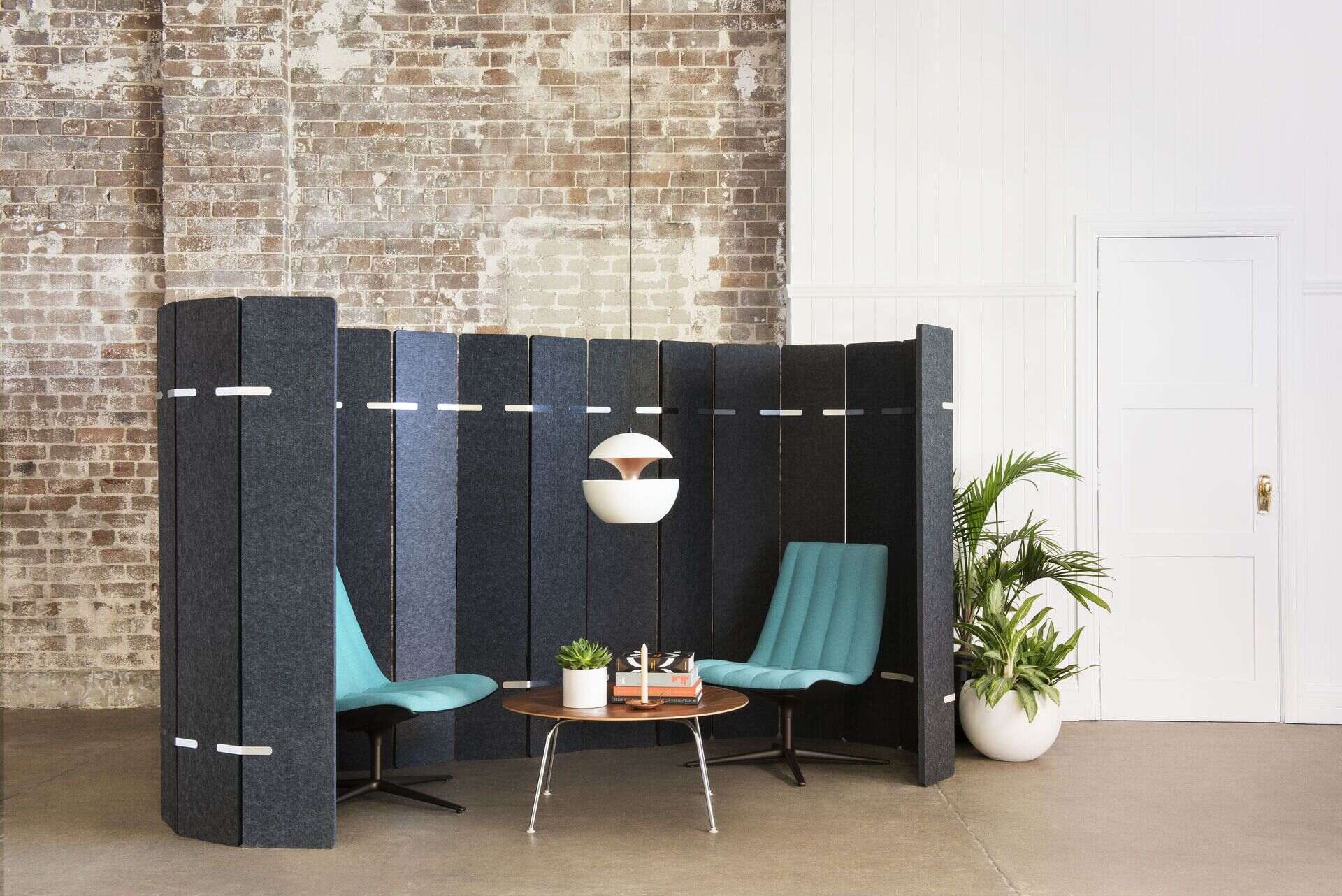
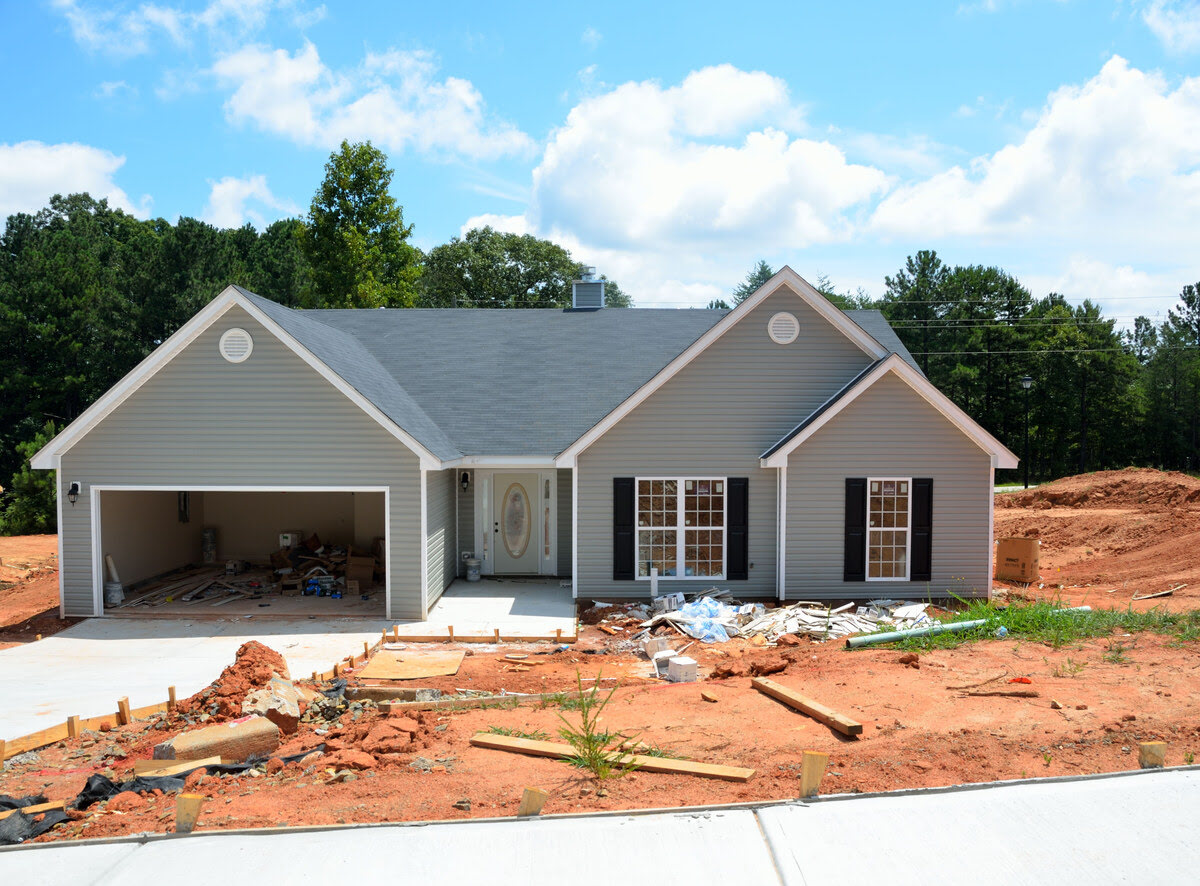


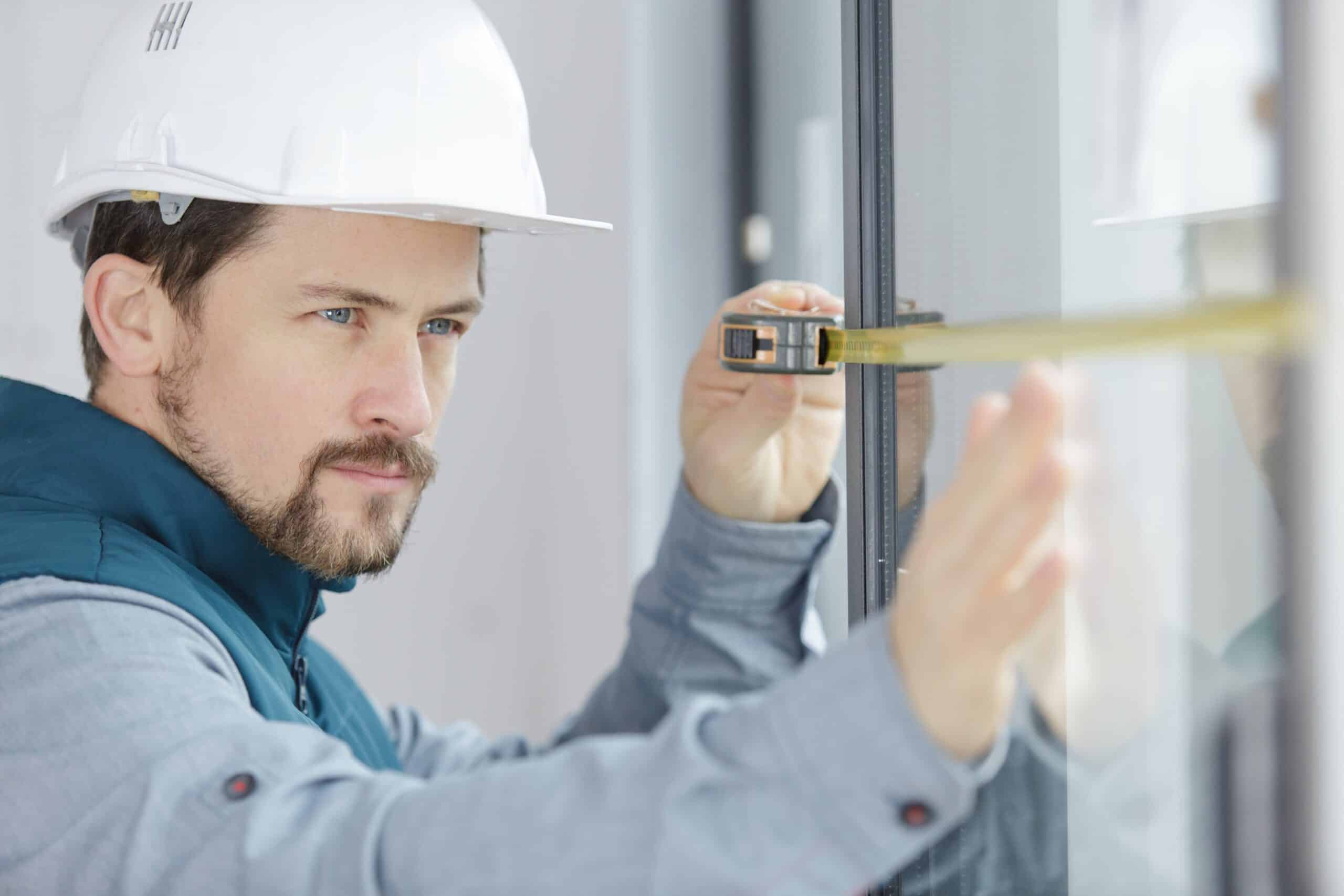
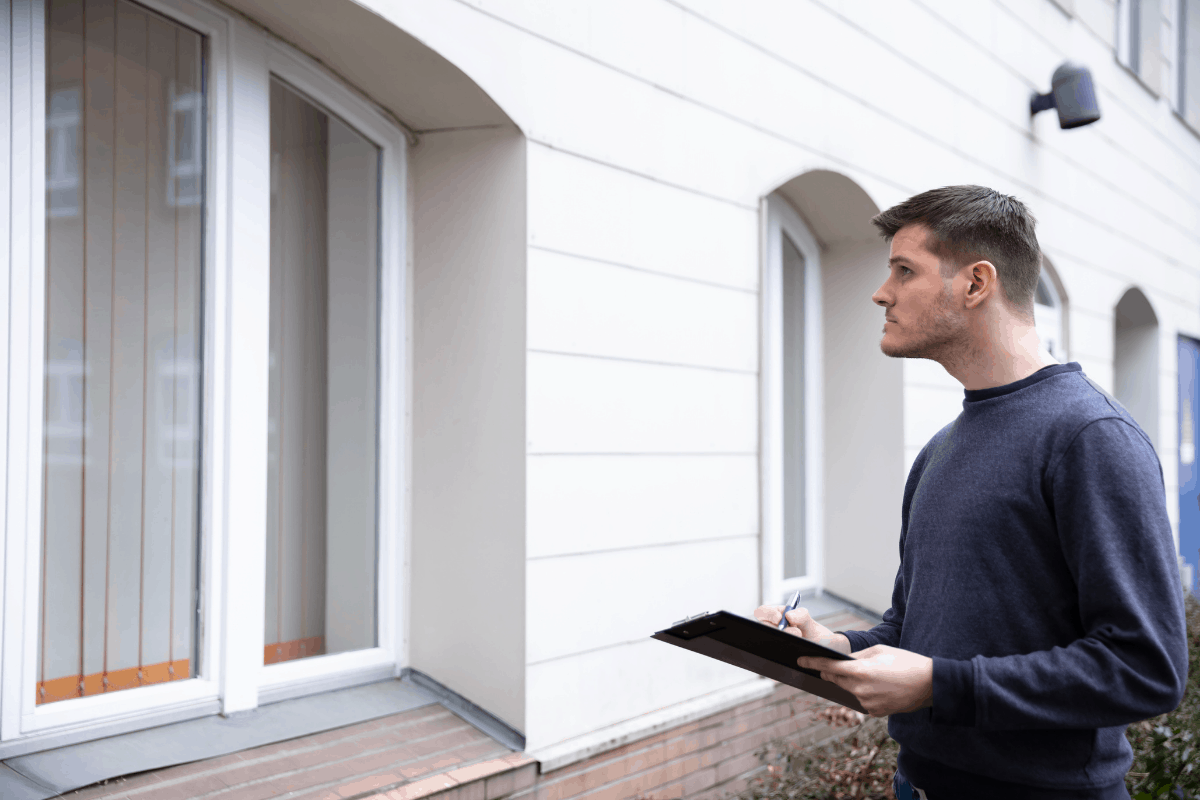
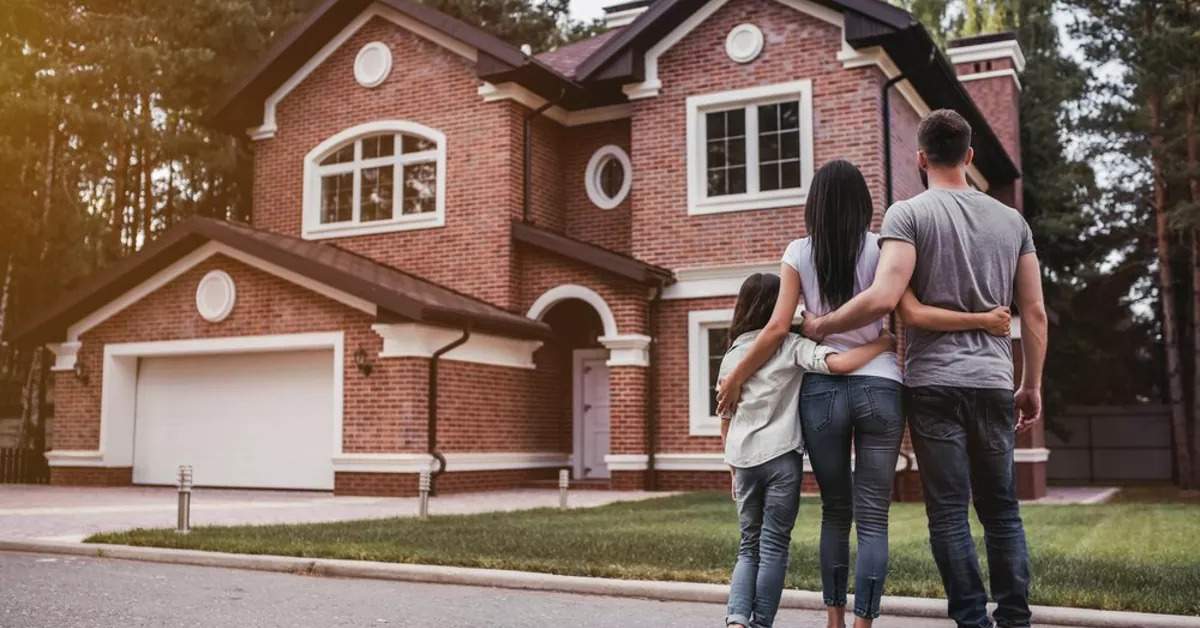
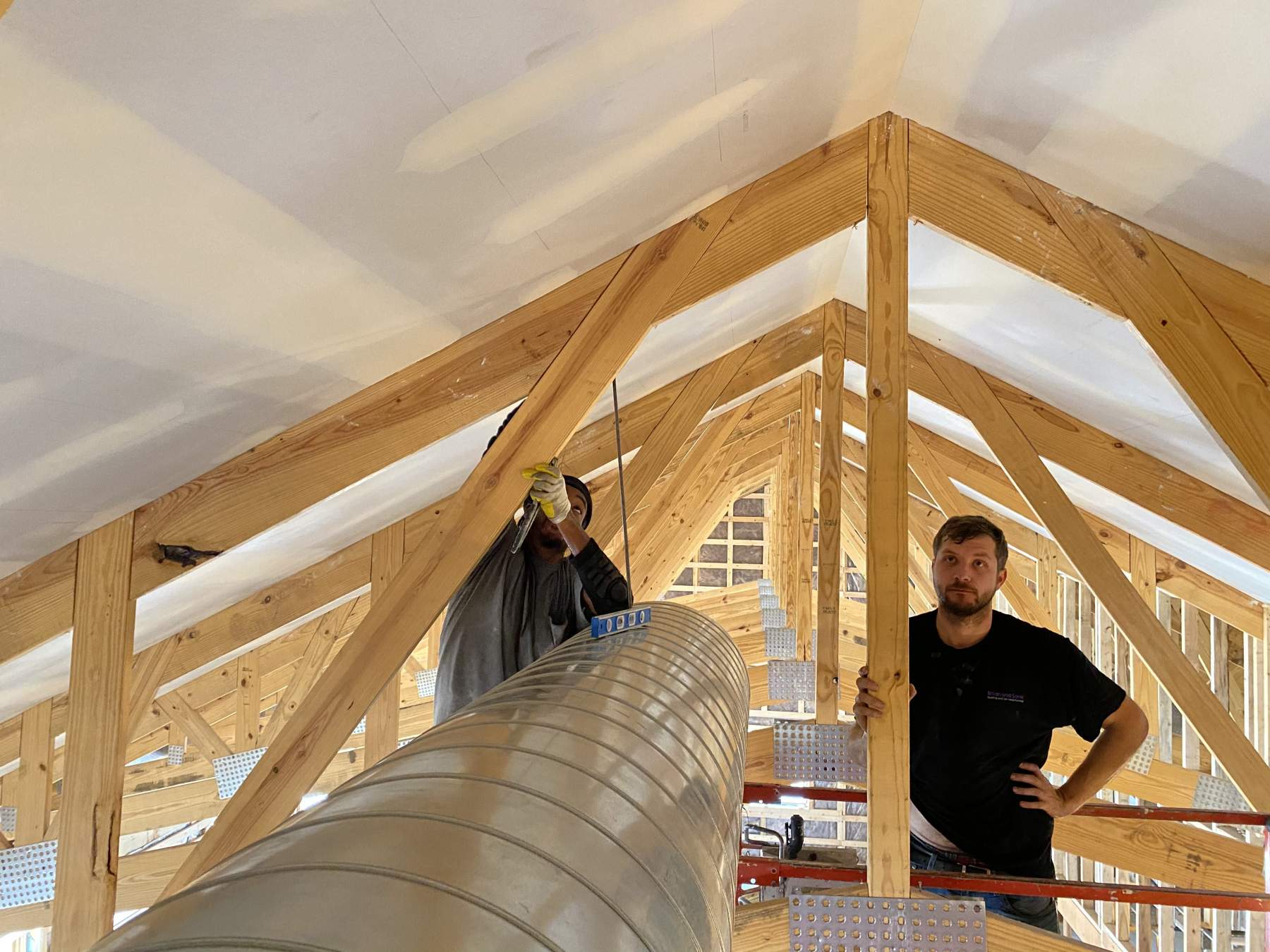
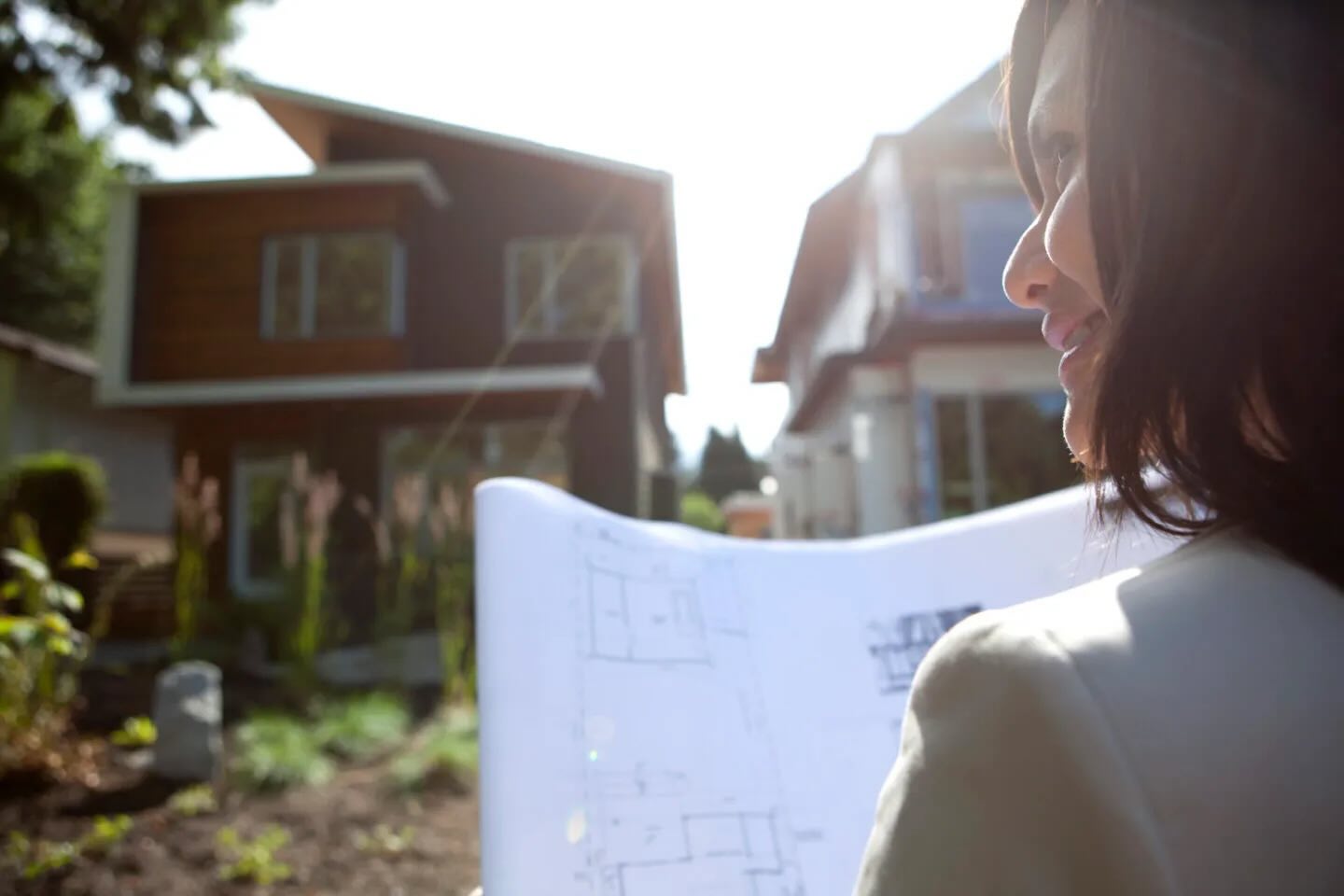
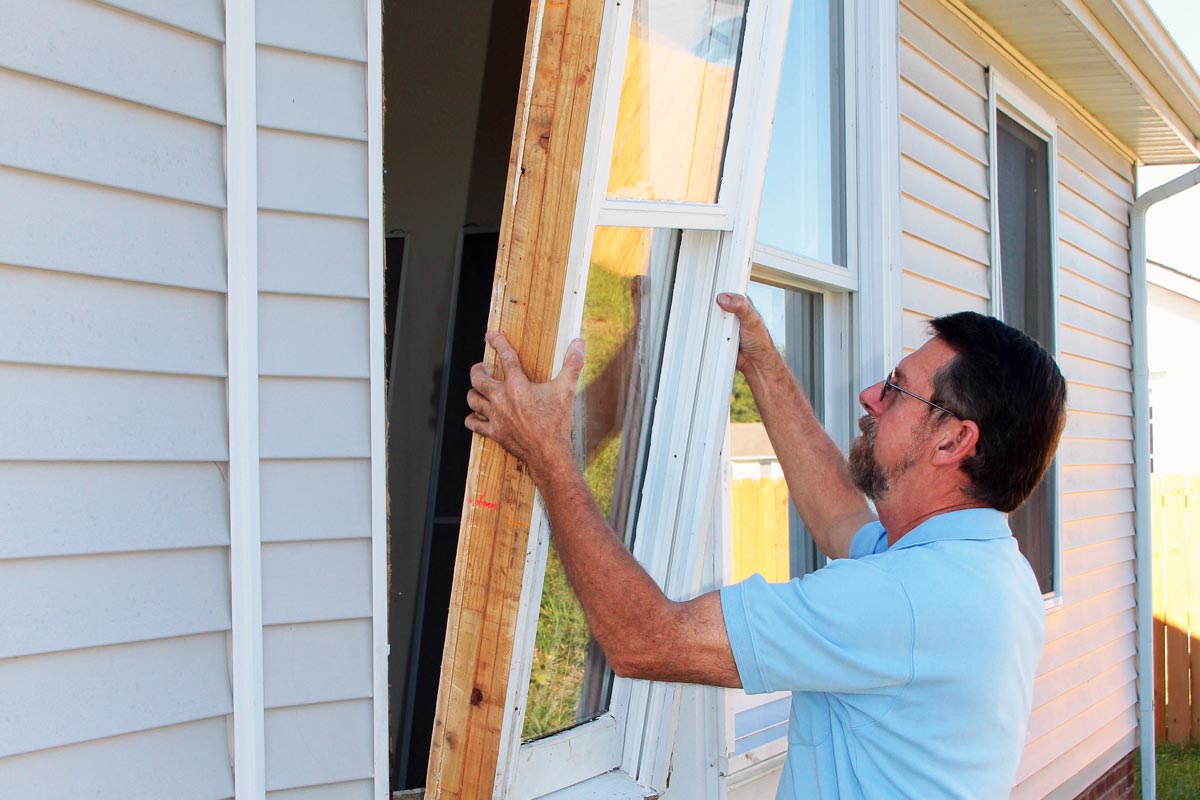

0 thoughts on “How To Soundproof A Room In New Construction”